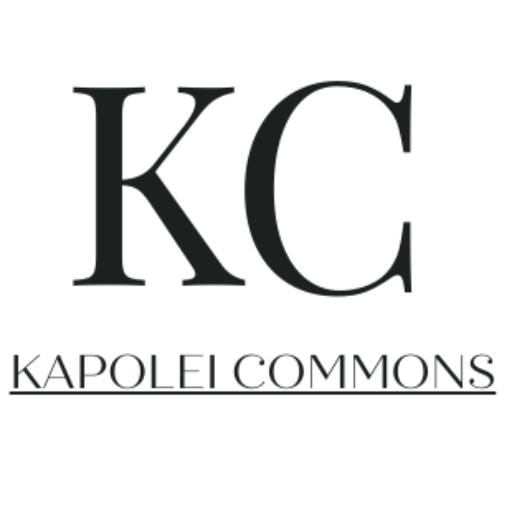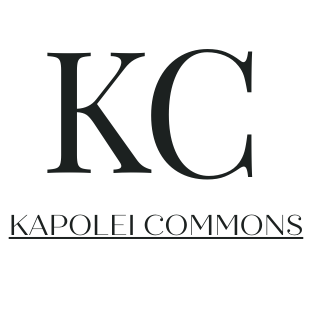Outsourcing can be a game-changer for your software development processes, but it’s not always a smooth ride. With the challenges of outsourcing, it’s crucial to maintain high software engineering standards while enjoying the benefits an outsourced team can offer. Devengine.ca understands the importance of careful planning, robust communication structures, and a clear focus on the end goal. Their team has mastered the strategies and best practices needed to ensure excellence in outsourcing for software development.
Understanding the Rationale Behind Outsourcing
Before jumping into strategies, it’s important to remind ourselves why outsourcing is an integral part of software development. It’s not just about cost savings or scaling rapidly; it’s about harnessing global talent, accessing specialized skills, and deploying resources more effectively. When done right, outsourcing can give you a competitive edge, allowing you to focus on core business functions, while outsourcing partners handle the rest with proficiency and cost-effectiveness.
The Why Behind Outsourcing Tech
Outsourcing software engineering tasks can be driven by various factors, including:
- Cost Advantages: Access to lower labor costs and tax incentives.
- Global Talent: The ability to tap into a wider pool of specialists.
- Specialized Skills: Immediate access to experts in niche technologies.
- Focus on Core Activities: Offloading non-core activities to vendors.
- Scalability: Rapidly scaling up or down based on project requirements.
- Time Zone Benefits: Achieving a 24/7 development cycle.
Partnering for Success
Choosing the right outsourcing partner is one of the most critical decisions in the process. It’s not just about finding the cheapest option—it’s about a shared vision, culture, and commitment to quality. Your partner should feel like an extension of your own team, integrating seamlessly into your workflow while bringing added value.
What to Look for in an Outsourcing Partner
An ideal partner should have:
- Proven Track Record: A history of completed projects.
- Technical Proficiency: Demonstrated skills in your software development stack.
- Communication Skills: Ability to effectively communicate and collaborate.
- Cultural Fit: Alignment with your company’s values and work ethics.
- Quality Assurance and Standards: Adherence to industry regulations and best practices.
Establishing a Solid Communication Framework
Effective communication is the lifeblood of any successful outsourcing venture. Good communication ensures everyone is on the same page, reduces the risk of misunderstandings, and fosters a sense of unity despite geographical distances.
Building a Communication Plan
To ensure strong communication:
- Define Clear Channels of Communication: Establish which platforms to use for various types of communication (e.g., Slack for daily updates, Zoom for weekly meetings).
- Set Expectations: Make sure both parties have a clear understanding of when and how often they should communicate.
- Cultural Awareness: Understand and respect cultural differences to avoid misinterpretations.
- Encourage Collaborative Tools: Utilize project management and collaboration tools to keep everyone connected and informed.
Cultivating a Collaborative Environment
Creating a sense of unity between your in-house team and your outsourcing partner is essential. When everyone feels they’re working towards a common goal, the barriers of ‘us versus them’ are broken down, and excellence can be achieved.
Strategies for Enhancing Collaboration
- Integrate Teams: Schedule regular joint meetings and workshops to foster a collaborative spirit.
- Cross-Team Training: Offer training sessions on each other’s processes and methodologies to promote understanding.
- Common Goals and Metrics: Set shared KPIs and goals that contribute to the project’s success.
- Social Interaction: Arrange both professional and casual encounters to build relationships beyond work.
Implementing Robust Monitoring and Reporting
Transparency is key to effective project management, particularly in an outsourcing scenario. Tools and processes that accurately monitor progress and provide up-to-date insight help both sides make informed decisions.
Tracking Progress and Deliverables
- Regular Status Updates: Agree on when and how often progress reports are shared.
- Use Metrics: Implement tools and systems that measure and report on key project milestones.
- Issue Tracking: Utilize ticketing and bug-tracking systems to monitor and rectify issues promptly.
- Risk Management: Have a clear plan for assessing and addressing potential risks to the project timeline and deliverables.
Prioritizing Quality and Continuous Improvement
Outsourcing not only brings opportunities for quality improvement through external expertise, but also requires an ongoing commitment to maintain and raise standards.
Quality Assurance in Outsourced Projects
- Set Clear Quality Benchmarks: Clearly define what quality looks like for your project and ensure it is understood by all team members.
- Regular Audits: Schedule periodic quality assessments to check compliance with standards and adjust the course as needed.
- Feedback Loops: Establish an environment where constructive feedback is encouraged and acted upon.
- Continuous Learning: Engage in knowledge sharing and upskilling with your outsourcing partner to stay ahead of the curve.
Managing Change Effectively
Lastly, a successful outsourcing strategy is adaptable to change. Markets, technologies, and project requirements are dynamic, and your approach to outsourcing must be flexible enough to evolve with them.
Adapting to Changes in the Outsourcing Landscape
- Be Agile: Adopt an agile mindset to quickly respond to change and pivot when necessary.
- Evaluate Regularly: Regularly review the outsourcing strategy and make adjustments based on performance and market trends.
- Rapid Response: Have mechanisms in place for addressing unexpected changes, such as scaling up resources at short notice.
- Long-Term Vision: Consider long-term implications and be prepared to adjust your outsourcing strategy accordingly.
In Conclusion
Outsourcing in the software engineering field offers numerous benefits for companies looking to streamline operations and remain competitive. However, the success of an outsourcing partnership lies in the strategies and practices employed to maintain high standards of work.
By focusing on communication, collaboration, monitoring, and a commitment to quality, businesses can unlock the potential of outsourced talent and achieve excellence in their software engineering processes. In a globalized marketplace, where talent knows no borders, mastering the art of outsourcing is not just a competitive advantage it’s a necessity for growth and innovation.



Leave a Comment